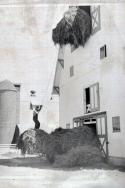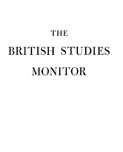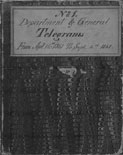Tiananmen Square, 1989
On April 15, 1989, Hu Yaobang, the ousted General Secretary of the Chinese Communist Party, died in Beijing. Thousands of ordinary people went to Tiananmen Square to mourn for his death. The college students in universities in Beijing soon turned mourning into a grassroots movement that called for political reform. This event spread to many cities in China and abroad as well and lasted for more than a month. The event ended abruptly with government’s killing of hundreds of ordinary citizens on June 4. This collection photographically documents the events of this tumultuous time.









